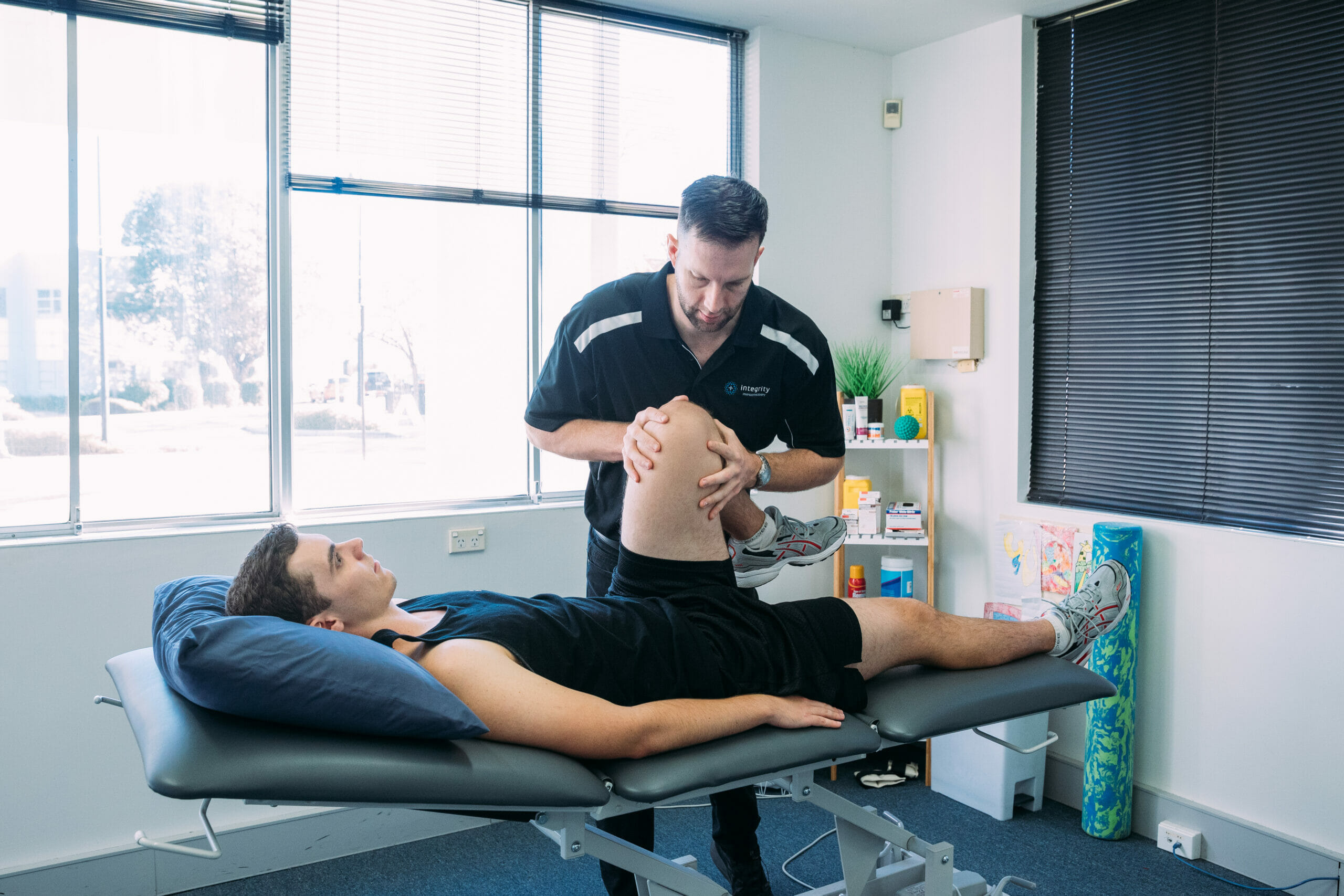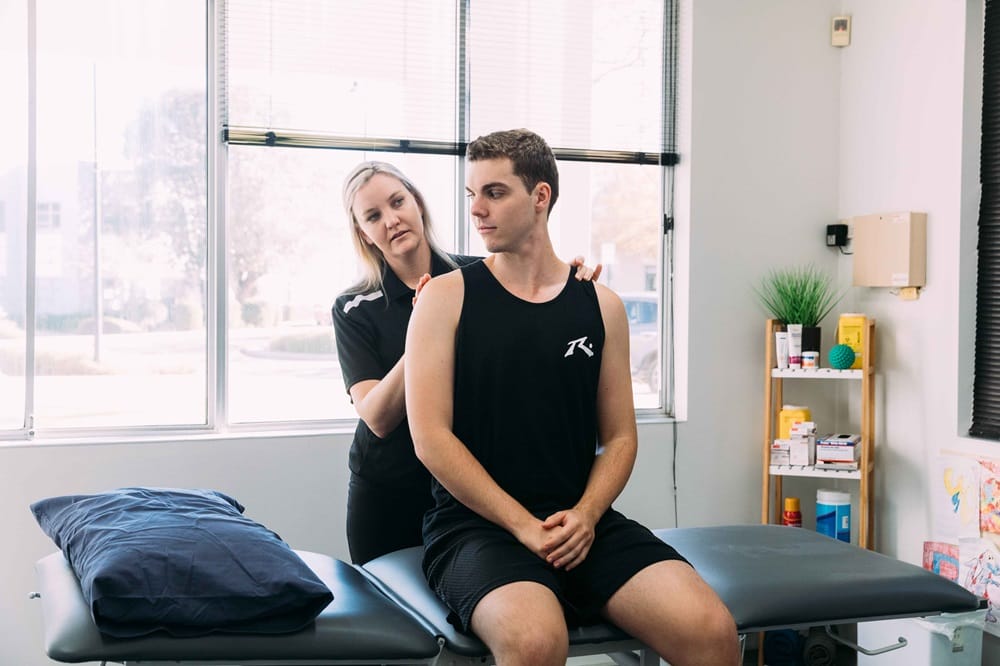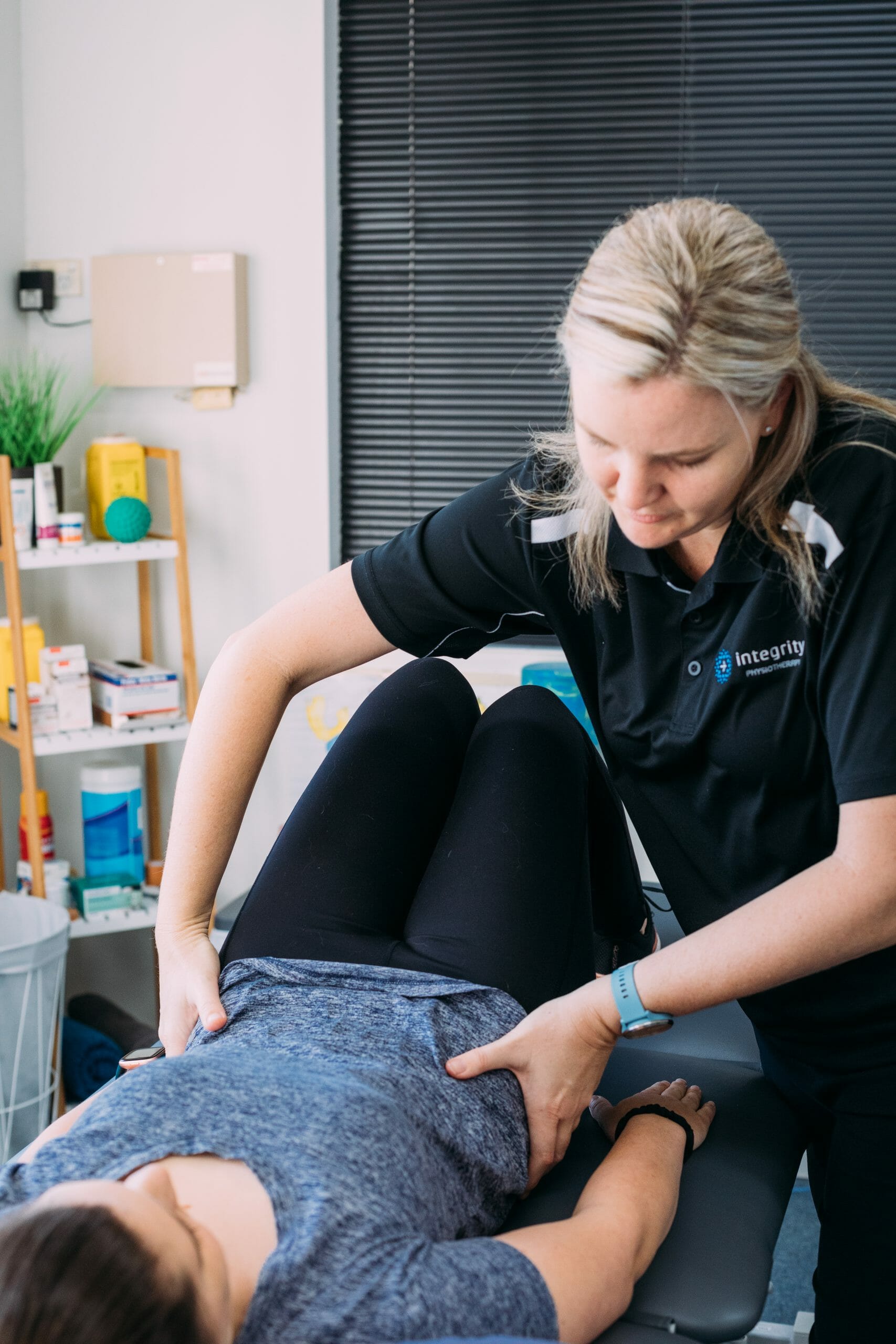
Fast recovery for hip pain starts with effective physiotherapy
The hip is one of the most important joints in the body. It supports the weight of the upper body and allows for movement, motion, and balance. The hip region is prone to various types of injury that can greatly affect a person’s ability to move. Hip pain can be the result of various types of ailments including biomechanical, nervous, arthritic, cancer, and traumatic injury related issues.
What Are The Causes Of Hip Pain?
Hip pain can be caused by the joints and bones, the local muscles or the lower back. It can be a result of abnormal loading over time or be the result of a single specific injury to the area. Injuries such as fractures often result from falls in the older population as well as the gradual increase in chronic inflammation which can develop over longer periods of time. People with hip problems can suffer from a combination of the following groups of issues.
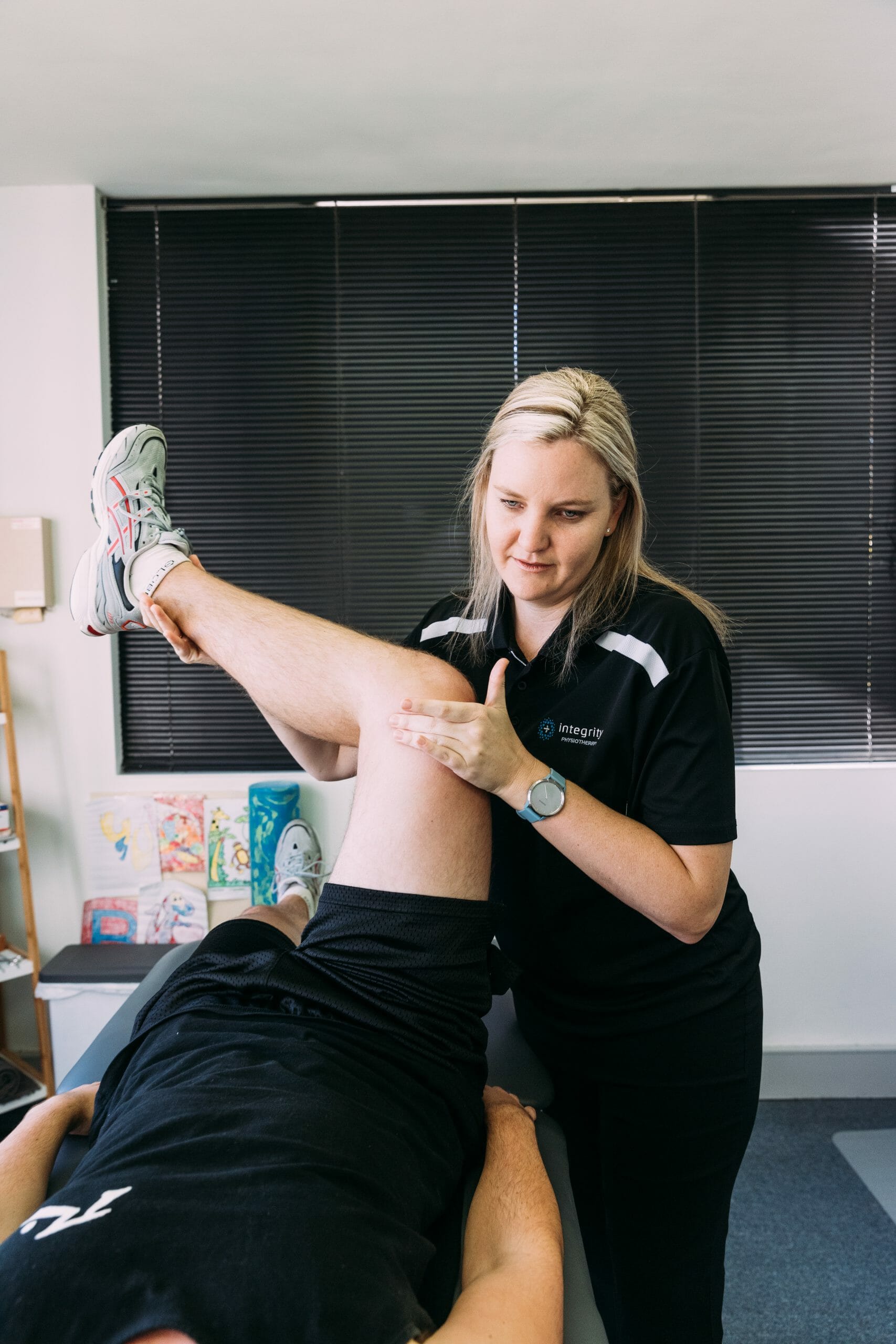
Arthritis
One of the most common causes of chronic hip pain is Arthritis. The chances of arthritis increase with age and can exacerbate other injuries within the hip. This disease causes the slow deterioration of the joints – the cartilage that cushions the joint is worn down causing inflammation, pain, and decreased range of motion. Here are the most common types of arthritis affecting the hip.
- Osteoarthritis (most common)
- Psoriatic arthritis
- Rheumatoid arthritis
- Septic arthritis
Osteoarthritis can usually be managed well with physiotherapy treatment as ensuring good joint mobility and recovery of strength can help immensely. Other forms of arthritis may need additional medical management as well as physiotherapy.
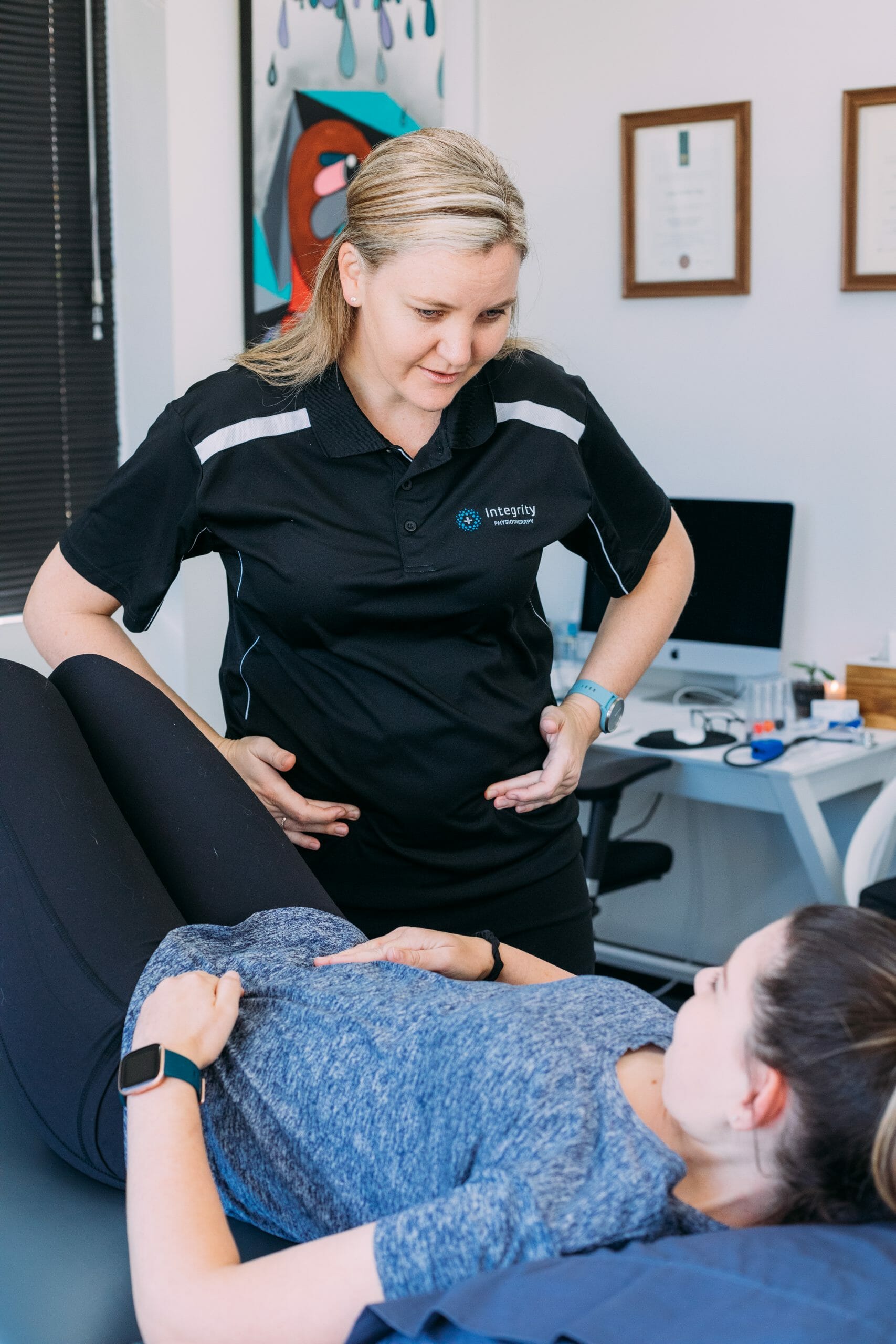
Traumatic Injury
Sporting injuries, sudden falls and car accidents are all common causes of traumatic hip injuries. These types of injuries can occur to anyone, no matter how healthy their joints are. Fractured or broken hip bones are the most painful and often require surgery and reconstruction for a full recovery. The most common traumatic injuries are:
- Dislocation
- Hip fracture
- Hip sprain
- Hip labral tear
Nerve Injury
Less common, yet no less devastating in consequence, nerve damage in the hip is caused when a nerve is pinched by pressure, friction, or rubbing from repetitive stress or sudden injury. The symptoms experienced from nerve damage is different from that of musculoskeletal injuries. The sensation can be described as tingling, burning or numbness, and often results in pain and weakness. Two examples include:
- Sciatica
- Neuralgia
Cancer And Hip Pain
Although relatively rare, cancers can cause hip pain. Depending on the type of cancer, the causes and symptoms can vary. Some of the cancers known to cause hip pain are:
- Bone cancer
- Chondrosarcoma
- Leukemia
Your guide to understanding hip pain
What causes hip pain, what are the symptoms to look out for, and how can you get onto the road to recovery?
- Osteoporosis is one of the less common causes of hip pain affecting the strength and structure of bones. It occurs when the development of new bone isn’t fast enough to replace old bone tissue. If severe, this can cause fractures with relatively low impact. Gradually increasing loading such as weights and resistance training can improve osteoporosis.
- Avascular necrosis is a rare condition that has severe implications for hip pain. This occurs when the blood supply to the bone tissue of the hip is interrupted leading to the eventual break down of the bone. A fracture can cause this restriction to the blood supply of the hip as well as excessive use of steroids and excessive alcoholism. Synovitis occurs when the membrane inside the synovial becomes inflamed. The increased levels of synovial fluid and thickening of the membrane can cause pain and swelling. This condition is most common in younger children below ten years of age.
- Synovitis occurs when the membrane inside the synovial becomes inflamed. The increased levels of synovial fluid and thickening of the membrane can cause pain and swelling. This condition is most common in younger children below ten years of age.
Symptoms of hip pain can vary depending on the cause, but generally, these are common things to watch out for:
- Swelling and tenderness in the hip
- Limping
- Loss of mobility or balance
- Hip Joint pain
- Buttock pain
- Groin pain
Depending on the severity and type of injury, hip pain is treatable through a variety of methods from specific exercises, stretching, manual therapy, dry needling, joint mobilisation and pain medication. More serious symptoms can require surgery.
Hip pain physiotherapy is an effective treatment that can alleviate pain as well as facilitate long term recovery. Treating hip pain with physiotherapy will involve a range of techniques designed to increase quality of movement, range of movement, and relieve pain. Using massage, dry needling, joint mobilisation and targeted exercises physiotherapy for hip pain will include important strategies to keep you on your feet during recovery and keep your symptoms under control.

